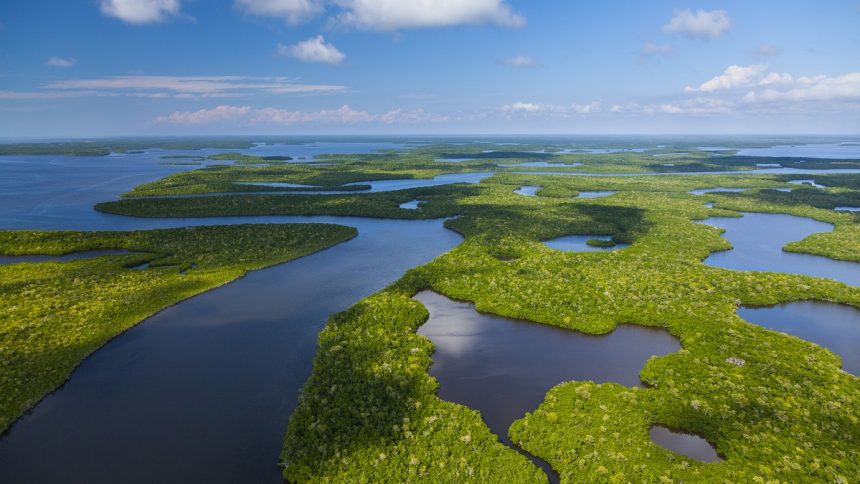How valuable is nature?
A 2020 Campaign For Nature study found that protecting 30% of the world’s land as wilderness could create economic value by absorbing carbon from the atmosphere and providing biological diversity. Environmentalists believe in the intrinsic value of the natural world and that species have a right to exist. However, many people only recognize the value of wildlands in terms of human benefit and finances.
The concept of ecosystem services aims to describe the tangible benefits of healthy ecosystems, often ignored in economic analyses. The report “Protecting 30% of the planet for nature: costs, benefits and economic implications” was the first to combine scientific and economic assessments, shedding light on the value of ecosystem services.
Ecosystem Services
Ecosystem services are the positive benefits humans derive from nature. They can be grouped into four categories:
- Provisioning Services: These are direct products obtained from ecosystems, such as food sources, timber, and clean drinking water. Industries like fishing and agriculture heavily rely on provisioning services.
- Regulating Services: These include climate regulation, water regulation, and pest control. Wetlands, forests, and other natural systems play a significant role in regulating services.
- Cultural Services: Nonmaterial benefits like aesthetic value, outdoor recreation, and ecotourism fall under cultural services. The health and productivity benefits of experiencing nature are essential.
- Supporting Services: These are the basic functions of ecosystem processes, such as soil formation, nutrient cycling, and photosynthesis. Habitat provision and genetic diversity maintenance are crucial supporting services.
Formal classifications like the Common International Classification of Ecosystem Services (CICES) and frameworks like the Mapping and Assessment of Ecosystems and their Services (MAES) help integrate ecosystem services into decision-making and accounting. By incorporating ecosystem services into assessments, communities can make more environmentally sound decisions and understand the true costs of development.
Editor’s Note: This article was originally published on August 6, 2020, and was updated in September 2024.






